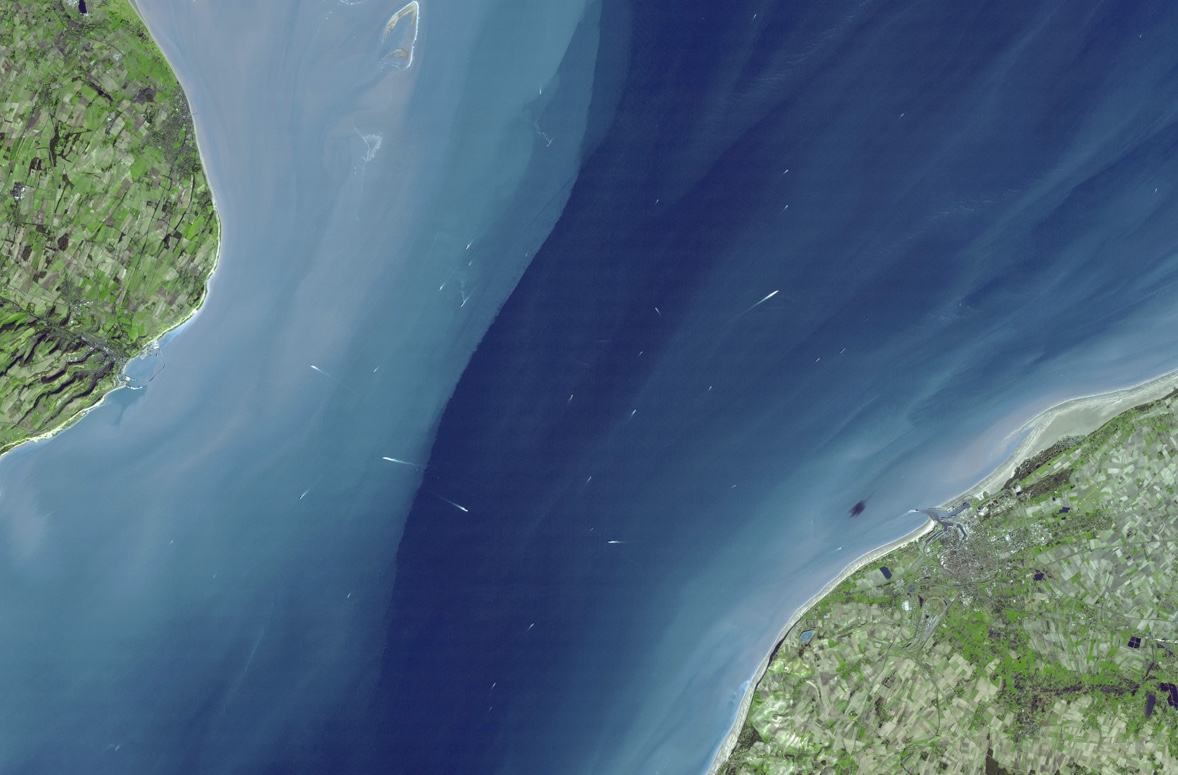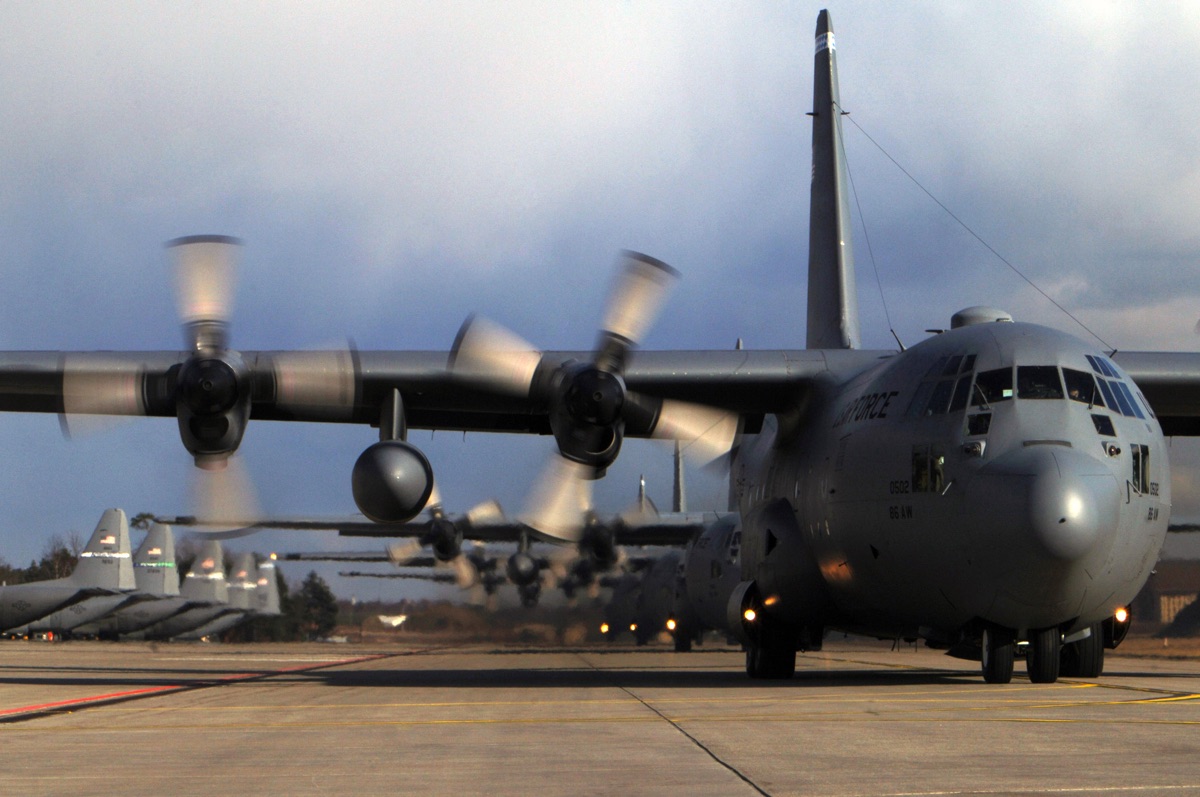Divers Search for Wreckage of Mystery US Hercules Crash

Divers are searching for the sunken wreckage of a U.S. Hercules military transport aircraft that crashed in 1969 off the coast of England after being commandeered by a rogue U.S. serviceman who was desperate to fly home.
The Deeper Dorset dive group, which specializes in locating shipwrecks, hopes that by finding the wrecked aircraft it will be able to shed light on the events of May 23, 1969. On that date, Sgt. Paul Meyer, a U.S. Air Force (USAF) mechanic stationed at an air base in eastern England, hijacked the USAF C-130 Hercules and took off to fly it solo back to the United States.
Military reports of the incident show that Meyer and the aircraft disappeared from radar over the English Channel a few hours after he took off and shortly after he sent a radio message that he was having flight issues, said Simon Brown, a researcher and diver with Deeper Dorset. [See Photos of Historic WWII-Era Shipwrecks in the Java Sea]
Ships searching for the aircraft in the days that followed its disappearance found part of its landing gear, confirming that the Hercules had hit the water. However, no other wreckage, or Meyer's body, has ever been found, Brown told Live Science; Meyer presumably died in the crash.
The dive group has narrowed down its search area for the wreck to about 10 square miles (26 square kilometers) of seafloor in the English Channel, about 30 miles (nearly 50 km) south of Portland Bill near Weymouth in southwest England, Brown said.
Final flight
Inquiries into the incident by the USAF and the British Parliamentrevealed that Meyer, who had served in Vietnam, had been desperate to see his wife in Virginia, but his superiors refused to give him leave.
Brown said that after a night of heavy drinking in a nearby town, Meyer was picked up by local police, who returned him to the U.S. authorities at the military air base at Mildenhall in Suffolk, northeast of London, where Meyer was stationed.
Get the world’s most fascinating discoveries delivered straight to your inbox.
But sometime before dawn that morning, Meyer impersonated an officer in a telephone call to ground crew at the air base, ordering them to refuel one of the Hercules transport aircraft and prepare it for flight, Brown said.
Meyer took off solo in the giant aircraft around dawn, Brown said. "He did not get clearance to take off. He just went and did it."
As a USAF chief mechanic, Meyer was familiar enough with taxiing aircraft to move them around the air base, and he may also have had a private pilot license for small, single-engine aircraft. But he had no experience flying large aircraft like the four-engine Hercules, Brown said.
The Hercules was carrying enough fuel to fly 3,000 miles (4,800 km), which might have been enough to reach the United States if Meyer had been able to stay at a high altitude where there is less air resistance, Brown said.
By the time Meyer reported problems in a radio message and disappeared from radar over the English Channel, he had flown across southern England for almost 2 hours, covering more than 200 miles (320 km).
Search at sea
The search by the dive group will focus on five sites on the seafloor where fishing boats have reported snagging their trawling gear or bringing up pieces of aluminum that might have come from a submerged aircraft wreck, Brown said. [Photos: WWII Battleship 'USS Juneau' Discovered]
Because the search area is a long way from shore, Deeper Dorset was raising money via crowdfunding on Kickstarterto pay for the fuel of a boat to use in the search. That boat comes equipped with side-scan sonar and a remotely operated underwater vehicle(ROV) for use in investigating those sites, where the depth ranges from 180 to 245 feet (55 to 75 meters), Brown said.
That area of seafloor is unexplored and probably littered with centuries of shipwrecks and aircraft wrecks from WWII, he said. "We are going to stumble across stuff that no one even knows is there," he said. "The ROV is useful because it gives us the ability to have a look at something and quickly discount it, without getting the dive team together."
Brown estimated that it could take about a year to find the wreck and for divers to investigate it thoroughly, adding that this could coincide with the 50th anniversary of Meyer's ill-fated flight.
"We will go when the weather dictates," Brown said. "It's a fickle place, the English Channel, so soon as we've got funding in place, we'll just be keeping an eye on the weather window."
He said the search for Meyer's Hercules wreck has occupied members of the group for about 10 years, on and off.
"We've reached a point where we're confident we know where it is," Brown said. "We wouldn't go to sea and look for it if we didn't think that we were in the right place."
Original article on Live Science.
Tom Metcalfe is a freelance journalist and regular Live Science contributor who is based in London in the United Kingdom. Tom writes mainly about science, space, archaeology, the Earth and the oceans. He has also written for the BBC, NBC News, National Geographic, Scientific American, Air & Space, and many others.



